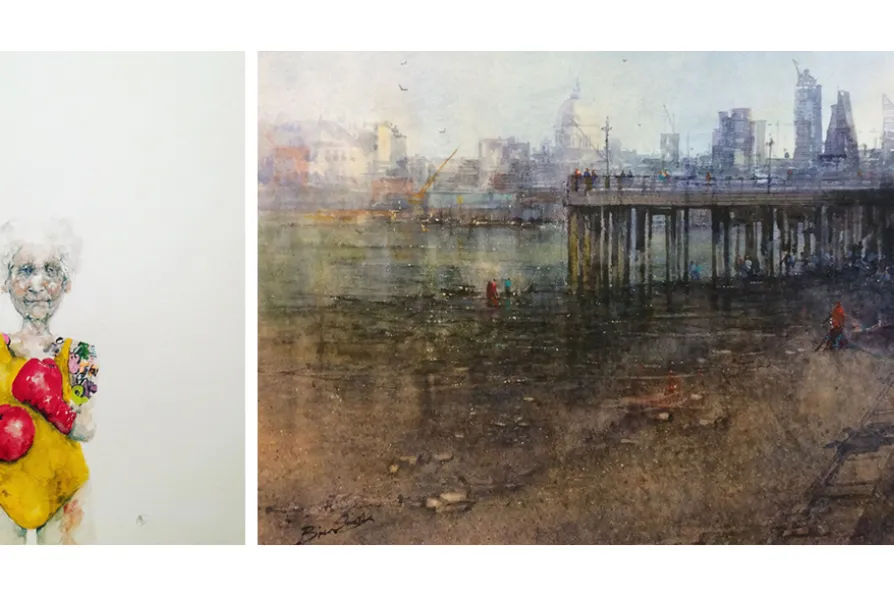RICHARD MURGATROYD enjoys a readable account of the life and meditations of one of the few Roman emperors with a good reputation

 OUTSTANDING: (L to R) Adam De Ville, Eighty Two Rounds, One Knock Out and Brian Smith’s (RI) Ernie's Beach
OUTSTANDING: (L to R) Adam De Ville, Eighty Two Rounds, One Knock Out and Brian Smith’s (RI) Ernie's Beach
WATERCOLOURS, forever the poor relatives of oil painting, have been unjustly associated with “Sunday amateurs,” a stigma that the Royal Institute of Painters in Water Colours has fought against tooth and nail. To its credit, it’s done so with considerable success.
The institutes’s annual exhibition and awards for painters working in the medium has been the silver lining for artists tested by the pandemic and perhaps trying times have somewhat clipped the wings of the intrepid experimentation evidenced in shows over the last few years.
Yet the unexpected and intriguing is there in Brian Smith’s Ernie’s Beach — reminiscent of Abraham Hondius’s Frost Fairs — which celebrates a triumph over developers to keep a popular stretch of the Thames near the OXO Tower public.














